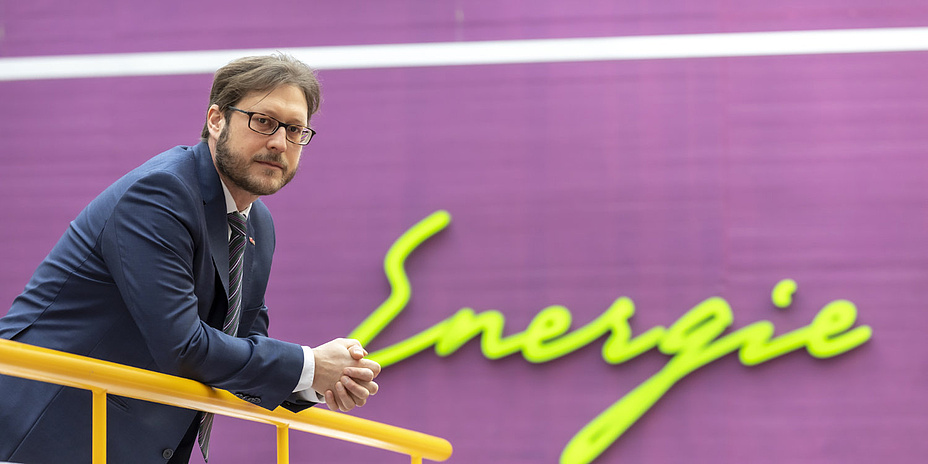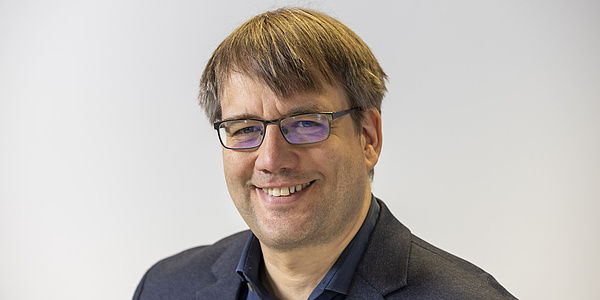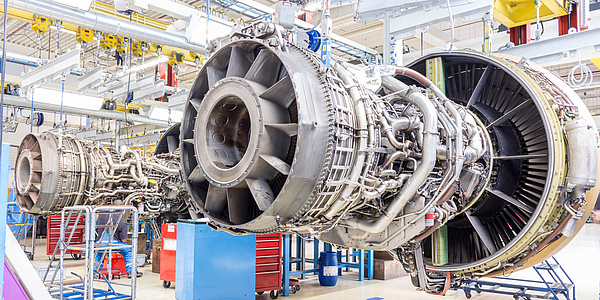Store or Export?

News + Stories: Austrian electricity production from photovoltaic systems is set to double by 2030, and by 2040 almost a third of the country's electricity consumption will be covered in this way. Assuming that the expansion targets are actually achieved, will there be solar power surpluses, as is often the case in neighbouring countries such as Germany?
Robert Schürhuber: These surpluses already exist today. This effect can be clearly observed, especially on sunny days coupled with low consumption.
Do such supply peaks threaten to overload the electricity grid?
Robert Schürhuber: From a grid perspective, massive PV feed-in results in two main new challenges: a significantly higher transmitted power and a change in the direction of power flow. Both factors do not correspond to the assumptions on which the grid planning and grid operation were originally based and therefore adjustments are required. The most important measure here is the expansion of the grids. However, the speed of grid expansion is lagging far behind the high expansion rates of PV.
PV systems could be temporarily taken off the grid to stabilise the grid. However, it would be better to utilise peak solar power. What makes more sense from your point of view? To store surpluses or transport it to other regions or countries with higher demand?
Robert Schürhuber: Energy storage is to be favoured here, as not only Austria but also the other European countries will be pursuing intensive PV expansion in the coming years. Calculations by our institute for the European energy system in 2040 show that the forecasted total generation at peak times for PV will significantly exceed the forecasted load. This raises the question of where there could even be a corresponding demand at these times. In addition, transporting electricity over long distances involves power loss and requires suitably large transmission capacities. The aforementioned grid-supportive curtailment of PV systems in exceptional situations would therefore often make more economic sense than designing the entire grid at great expense for loads that only rarely occur within a year.
How would ideal electricity storage systems have to be designed to simultaneously meet the requirements of solar power producers, consumers and grid operators?
Robert Schürhuber: The short answer to this is cheap, large and fast. However, it would be very difficult to reconcile these aspects.
In some countries, large electricity storage systems are being built, primarily on the basis of lithium-ion batteries. Why is this not the case in Austria?
Robert Schürhuber: For regulatory reasons, battery storage systems are not allowed to be operated by grid operators in Austria, but always have to take place on the market. Grid-friendly behaviour per se is currently only financially remunerated to a limited extent, which restricts the opportunities for profit generation for the installer or operator. The decision to install a storage facility is therefore primarily a business decision and depends on the future development of electricity prices and the legal framework. Apart from this, there is also competition in Austria with another large, established storage system, namely our pumped-water storage power plants.
Apart from the financial considerations of investors, do such centralised large-scale storage systems make sense in terms of grid stability and conversion losses? Or would many smaller, decentralised storage units be better?
Robert Schürhuber: From a network perspective, larger units are preferable as they are more cost-effective overall and can be more easily coordinated. Of course, they would have to be distributed throughout the grid in order to ensure appropriate reliability for grid operation, especially for the local distribution of electrical energy.
The production of electricity from solar energy fluctuates not only throughout the day, but also throughout the year. What options are there for utilising the production peak in the summer for the winter months?
Robert Schürhuber: Thanks to our geographical location, we in Austria have the clear advantage of being able to compensate to a certain amount using pumped storage power plants. But we cannot achieve full seasonal equalisation in this way. This would require additional, large long-term storage facilities. From today's perspective, the most promising technology for this is chemical storage in the form of power-to-gas, e.g. green hydrogen or methane. Of course, energy efficiency in general plays an important role – energy that is saved does not have to be generated or stored.
Kontakt
Robert SCHÜRHUBER
Univ.-Prof. DDipl.-Ing. Dr.techn.
TU Graz | Institute of Electrical Power Systems
Phone: +43 316 873 7550
robert.schuerhuber@tugraz.at
Peter WOHLFART
Dipl.-Ing. BSc
TU Graz | Institute of Electrical Power Systems
Phone: +43 316 873 7559
peter.wohlfart@tugraz.at




